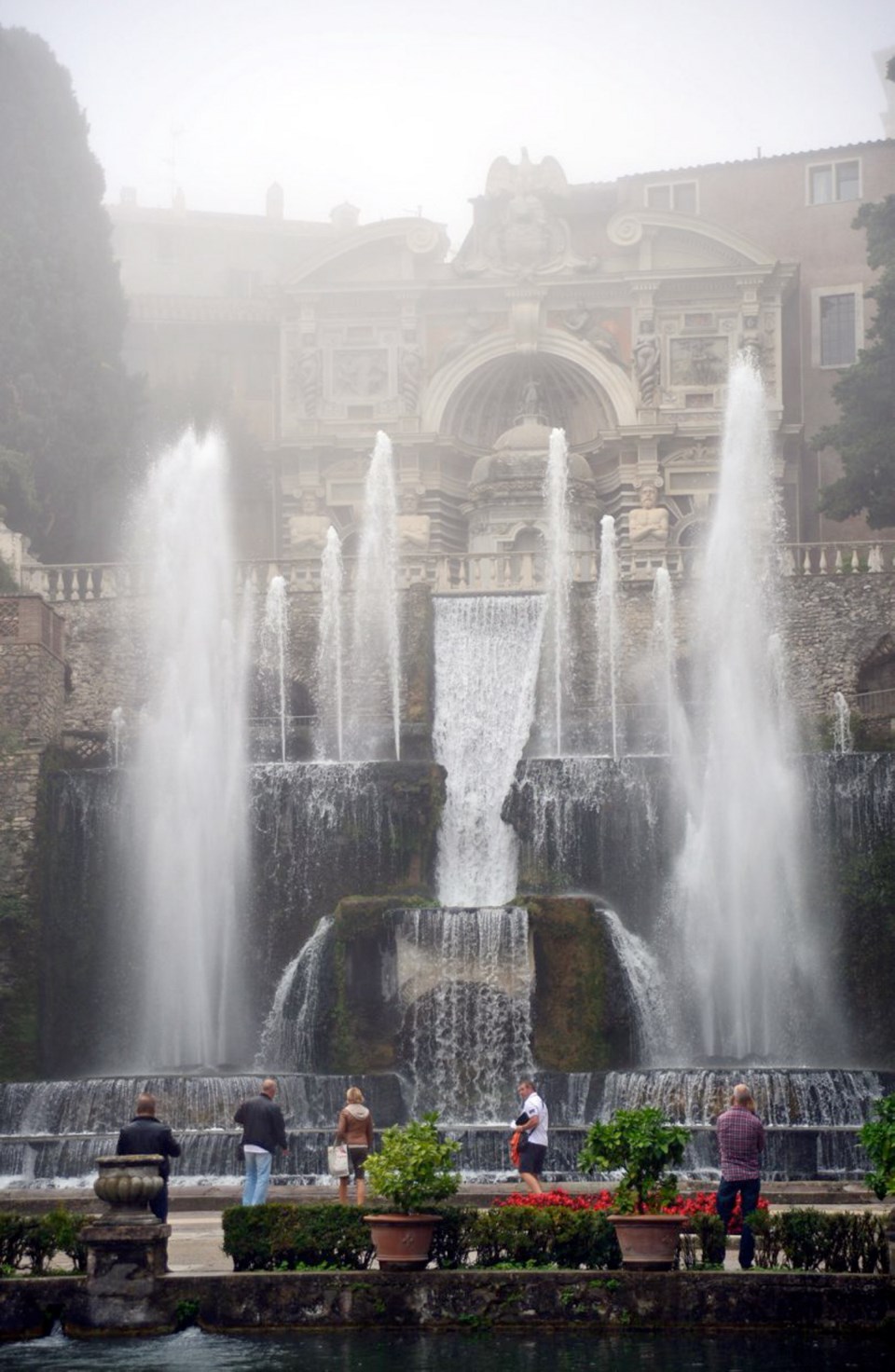BILLWARD
Star Tribune (Minneapolis)
��
ROME
��
Stand within the Colosseum’s massive bowl, and you can practically hear the roar of the ancient crowd. But to capture the sounds of today’s Rome, it’s best to get away from the flurry of tourists and settle into a quaint trattoria like Da Tonino, where everyone within its rustic walls chatters away in Italian.
No sign outside announces the restaurant; my wife and I dined there courtesy of a local’s tip. And that cloaked quality was precisely its appeal.
Hidden gems — ignored by the guidebooks, well off the tourist path — await in nearly every nook of this wondrous city. Of course visitors should crane their necks at the Vatican, sip espresso at an open-air bar in Piazza Navona and climb the Spanish Steps. But in a place with a history so long and rich that it is dubbed “the Eternal City,” only one approach seems plausible: Peel away the layers, savouring each one, to get a deeper sense of the place.
��
Cul De Sac
Cork dorks should head posthaste to Cul de Sac (Piazza di Pasquino 73; enotecaculdesac.com), to sample scores of wines they can’t get elsewhere (start with a glass of the cesanese, although it’s impossible to order poorly here). But this locals-laden enoteca has way more to offer: a locavore menu with eight kinds of pâte, sundry salumi and cheese and homemade pasta, friendly service (a waiter actually asked an indecisive customer how much she wanted to spend on wine) and a fabulous vibe inside and out.
Tucked into a prototypically quaint but preternaturally quiet piazza a block west of the Piazza Navona, Cul de Sac’s outdoor tables are filled by 7 p.m.
��
Jewish Ghetto
At a couple of entrances to the Jewish Ghetto, you must pass through turnstiles (no coins needed) that we dubbed “pedestrian roundabouts.”
Sadly, the Jews who were forced to live in this flood plain near the Tiber River in the 16th century (after two millenniums of being a free community), had to come in and out through locked gates in massive walls.
The walls came down in the late 19th century, and a stately, imposing synagogue (Lungotevere De Cenci) went up on the neighbourhood’s edge. The old ghetto now has a few Jewish merchants and restaurants serving Roman Jewish specialties. Don’t miss the fried artichokes at Giggetto (Vie del Portico d’Ottavia 21; giggettoalportico.it), and walk off your meal on tree-lined riverside Longotevere de Cenci.
��
Villa d’Este
Villa d’Este’s array of eye-popping frescoes are almost worth the 32-kilometre trek from Rome to Tivoli by themselves. The grandiose fountains in the “back yard” more than cinch the deal.
Installed by Cardinal Ippolito II d’Este, the son of Lucrezia Borgia, these 10 hectares of waterworks (Piazza Trento, Tivoli; villadestetivoli.info) use ancient Roman hydraulic-engineering principles and range from the simple to the massive, from an endless row of smaller jet streams to a multifaceted “nymphaeum.” The gardens include lovely landscaping and some gravity-defying trees.
��
Dagnino
Taking a hungry kid to Pasticceria Dagnino (Via V. Emanuele Orlando 75; pasticceriadagnino.com) would easily make the shortlist of Worst Ideas Ever. Popping in as an even slightly ravenous adult isn’t such a grand notion, either. The almost unending assortment of mouthwatering sweets at this Sicilian-style bakery includes ice cream and cake, cookies and cannoli. But what marks it as Sicilian is a boundless batch of that island’s cassata cakes and marzipan crafted into brightly coloured, exquisitely detailed fruits.
��
‘Monumental Cemetery’
Most of us have found ourselves in a museum gawking at some oddity and thinking (or saying) “Is this art? Really?” That’s certainly the rote response at the catacombs in the Church of the Immaculate Conception (Via Vittorio Veneto 27; cappucciniviaveneto.it), where thousands of bones have been fashioned into light fixtures, hourglasses, arches and even flowers in rooms with names such as “The Crypt of Pelvises.” The Catholic Church’s Capucin sect, which has a history of an often-cultish relationship with the dead, crafted these “works of art” with the remains of 4,000 of their flock. Appreciating, or at least understanding, this attitude is enhanced mightily by a fabulous museum above the crypt, leading to a plaque that advises: “What you are now, we used to be. What we are now, you shall be.” OK, then.



